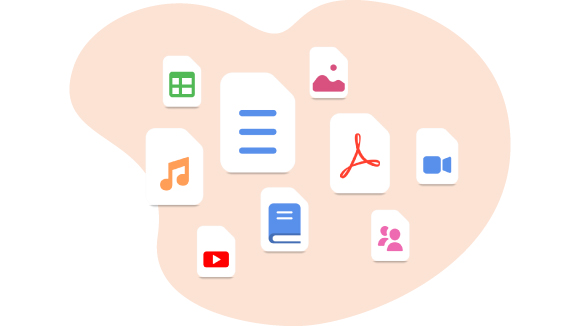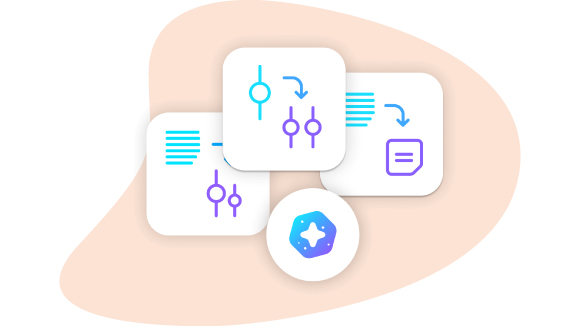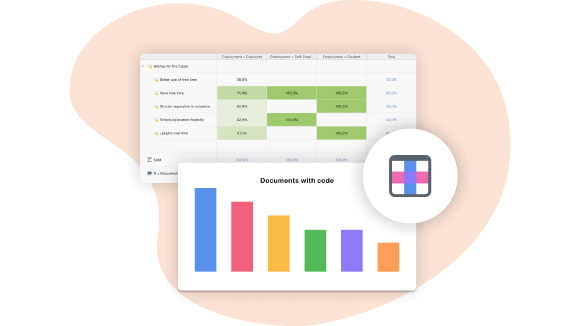AI-Driven Analytical Assistance
MAXQDA’s AI Assist feature is a game-changer for researchers looking to enhance their analytical efficiency. This tool leverages artificial intelligence to automate various tasks, such as summarizing documents and suggesting subcodes based on existing coded segments. These features not only save time but also help in maintaining consistency across the coding process. AI Assist can also perform document paraphrasing, which is particularly useful when working with large volumes of text that need to be condensed without losing essential meaning. By integrating AI into the research workflow, MAXQDA helps researchers focus on the higher-level aspects of analysis, such as identifying patterns and drawing conclusions, rather than getting bogged down in repetitive tasks.

Versatile Data Import and Management
MAXQDA excels in handling a diverse array of data formats, making it a versatile tool for researchers across disciplines. From text documents and Excel tables to multimedia files like images, audio, and video recordings, MAXQDA simplifies the import process, ensuring that all relevant data is easily accessible in one place. The software also supports specialized data formats, such as SPSS files and bibliographic records, enabling seamless integration of statistical data with qualitative analysis.
This comprehensive data management capability allows researchers to focus on analysis rather than data wrangling, significantly enhancing research efficiency. Additionally, MAXQDA’s robust organizational tools, such as the Document System and Code System, help in structuring large datasets, facilitating easy navigation and retrieval of data segments during the analysis phase.
Streamlined Transcription and Media Integration
Transcription can be a time-consuming aspect of qualitative research, but MAXQDA's transcription tools simplify this process. Whether you prefer manual transcription or automated transcription services, MAXQDA has you covered. The software allows for the import of transcripts from other programs, which can then be linked to the original media files, ensuring that all data remains synchronized.
This feature is particularly beneficial for researchers working with audio and video recordings, as it allows for accurate and efficient coding of spoken content. MAXQDA’s transcription tools are designed to integrate seamlessly with its broader analytical framework, allowing researchers to move effortlessly from transcription to analysis, thereby saving time and improving data accuracy.


MAXQDA Comprehensive Data Annotation and Organization
One of the core strengths of MAXQDA is its ability to organize and annotate data effectively. The software’s Memo Manager, Summary Grids, and Tables allow researchers to attach notes to documents, codes, or data segments, creating a well-organized and easily navigable dataset. These tools are crucial for developing robust coding systems and ensuring that insights are accurately captured and connected to the relevant data.
The ability to attach annotations at various levels of granularity—from broad thematic summaries to detailed notes on specific data points—allows researchers to build a comprehensive understanding of their data. This organizational capacity is especially valuable in large-scale research projects, where maintaining clarity and consistency is essential.


Advanced Data Visualization and Reporting
MAXQDA offers powerful visualization tools that enable researchers to explore and present their data in meaningful ways. With features like interview progression charts, document comparisons, and concept maps, MAXQDA helps researchers identify patterns and relationships that might not be immediately apparent in raw data. These visualizations can be customized to highlight specific aspects of the data, making them an invaluable tool for both analysis and presentation. Additionally, MAXQDA’s Smart Publisher allows for the generation of customized reports, which can be exported in various formats for dissemination.
This feature ensures that research findings can be shared effectively with stakeholders, enhancing the impact of the research. The combination of advanced visualization and reporting tools makes MAXQDA an essential tool for researchers aiming to communicate their findings clearly and persuasively.


